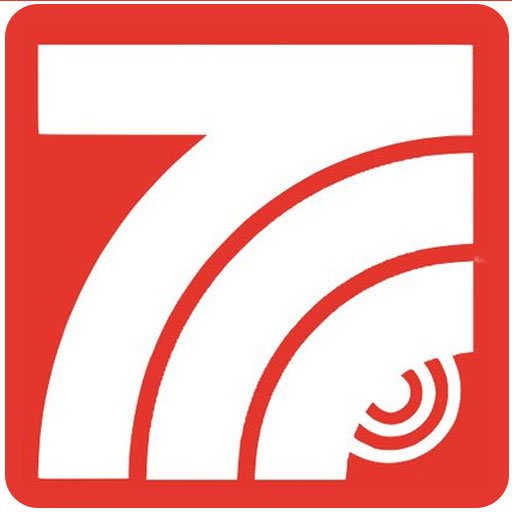How AI normalizes bad art, (and game companies love it)
In the ever-evolving realm of concept art, the rise of Artificial Intelligence (AI) has sparked debates and concerns. While AI presents challenges, it is not a new issue; rather, it has brought to the forefront an age-old problem, one deeply rooted in the entertainment industry.
The impact of AI on art is particularly felt in an industry where creative decisions seem to be increasingly influenced by accountants, research specialists, marketeers, and layers of executives. The result is a uniformity in content tailored to the lowest common denominator, ultimately reflecting what society deems entertaining.
AI art, with its ability to churn out regurgitated remixes of popular themes, thrives in this environment. However, this proficiency becomes a double-edged sword, as it places the AI artist in a paradoxical situation – excelling at the good but hindering the pursuit of greatness. The creative process, much like AI, recognizes patterns to produce what is common and agreed upon as good. Yet, true growth lies beyond the confines of the merely good.
The looming question remains: will AI replace artists? The answer, perhaps, is affirmative, but not in ways that true artists desire. The shift towards AI-generated art has been evident in certain markets, with reports of NetEase favoring AI over human illustrators resulting in a significant decline in the job market for illustrators in China, just comes to support all this and more.
For those entrenched in the concept art sector, the mantra "A concept artist is not someone who just paints pretty pictures" echoes repeatedly. This sentiment, reiterated by mentors, teachers, and the market, emphasizes the need for artists who transcend the superficial.
In the face of AI's increasing prominence, one might wonder why it has such a bright spotlight on the internet. This unexpected attention stems from its potential to disrupt the job market. The future of jobs in the industry hinges on whether AI-produced content can cater to the masses with generic storytelling, akin to applications like Dall-e and Midjourney.
The human touch in art remains unparalleled. Despite the fear of a market leaning towards more remixes, the unique collaboration, problem-solving, and trend-setting inherent in human-driven creativity set artists apart. AI, in its nature, can only remix; it lacks the ability to create from scratch. The fear that the market might prefer more of these thought-free remixes is justified, given the current state of commercial art, which has become automated to a large extent.
Creativity, however, is not tied to devices. While commercial work often pays the bills, it has led to a contamination of personal work, resulting in a cascade of repetitive designs influenced by popular works. The market perceives artists and AI art engines alike as providers of thought-free, passion-free, cultural remixes – inessential at best.
To challenge this consumerist trend, consider a breakdown of an AI-generated art piece. Analyzing it reveals a stark contrast between good, bad, and the ugly. The piece might be technically proficient, but it lacks the depth, emotion, and philosophical exploration that only human-driven art can deliver.
In conclusion, the inspiration for this post draws from The First Things First manifesto, the work of Graphic Designer Bruce Mau, and the innovative and provocative designs of Tibor Kalman. The call to treasure clients who value meaningful experiences and creative discourse remains crucial. As artists, our role is to shape a future given different contexts, and in finding clients who understand this, we unlock the true potential of art and design.
This reflection on the evolving landscape of concept art is a personal one, echoing the sentiments of Miguel Nogueira, and stands as a testament to the ongoing dialogue about the intersection of technology and creativity.
About the Author:
Miguel Nogueira is a freelance concept artist, designer, and storytelling strategist.
He’s been featured at CGSociety Hall of Fame and Behance, also on Kotaku and 3DTotal. He’s also recently worked with Frictional Games on the release of Amnesia’s Rebirth and an upcoming, AAA, unannounced MMORPG as Character Design Lead.
If you’re interested in having Miguel speak at your event, want to sponsor his content, or start a project, please send all business inquiries to: www.menogcreative.com




